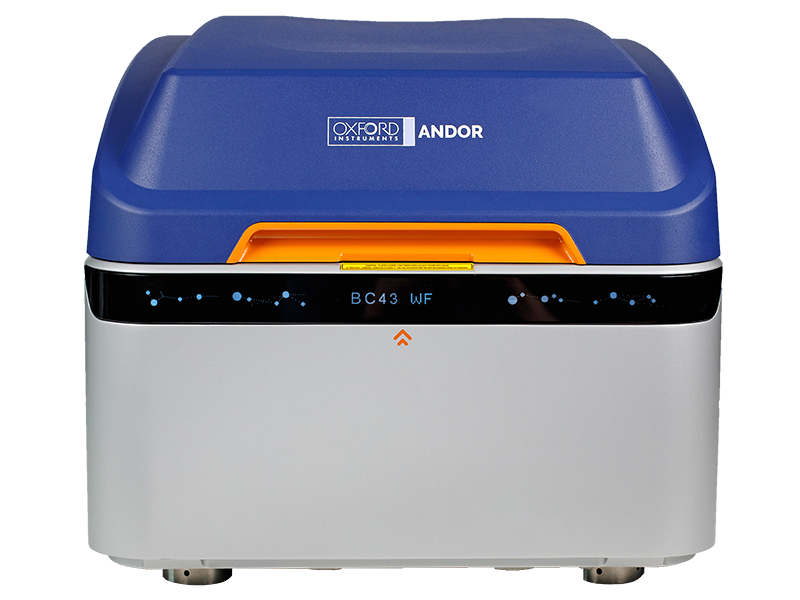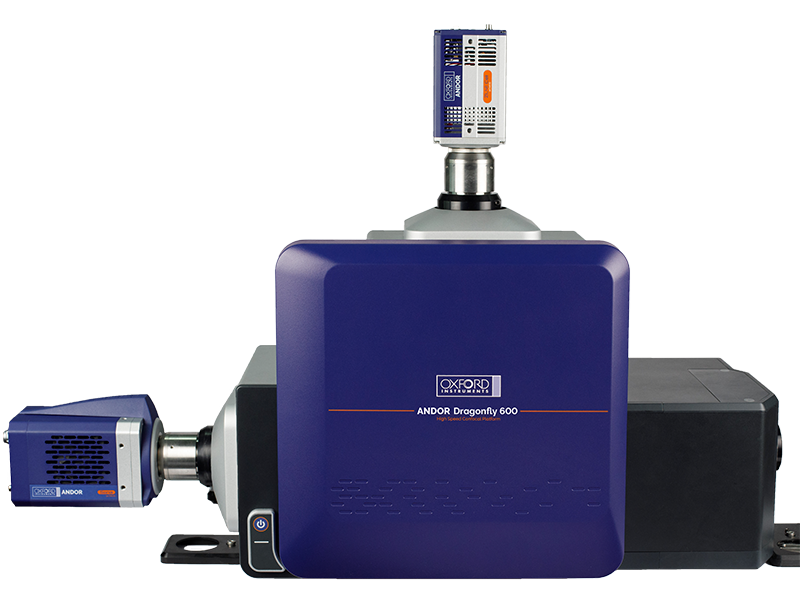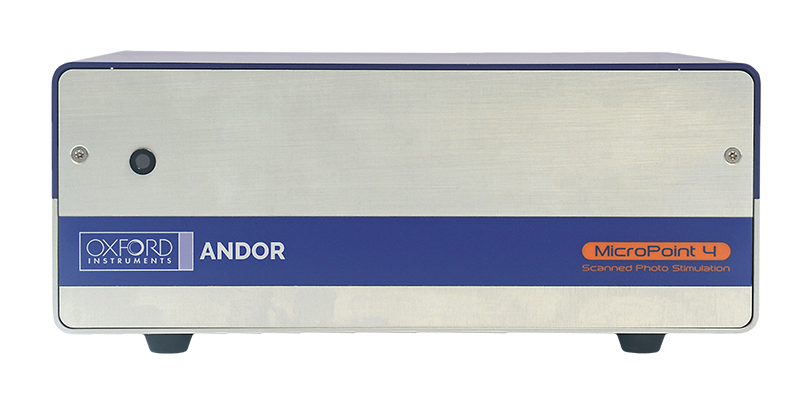The Andor Dragonfly 620SR is multi-modal spinning disk confocal system with 3D SMLM and B-TIRF capabilities. It comes equipped with SRRF-stream which provides a real time super-resolution solution with resolutions down to ~100nm, while 3D SMLM methods obtain resolutions as low as 20 nm but require post-processing in Picasso. The Dragonfly 620SR is an optimal solution for both fixed samples (especially for fast volume acquisition) and for live cell imaging by providing low phototoxicity and photobleaching. The system is housed on a fully motorized inverted Leica DMi8 microscope that is equipped with 6 objectives. The Leica DMi8 has an ASI XYZ stage with 3 axis controller, a MS2000 XY stage without linear encoders, a 300µm travel Piezo top plate (50nm res/100nm repeat) and adjustable slide kit and multi-well plate holder. It also has both closed-loop and adaptive focus control for maintaining focus and avoiding drift during extended live imaging sessions. The system is housed in a full enclosure incubator for temperature stability and environmental control and has an Okolab stage top incubator for temperature and CO2 that is equipped with versatile inserts supporting a wide array of common sample vessels (35mm dishes, 1x3 microscope slides and multi-well plates). The imaging platform includes 5 solid state lasers for excitation of fluorescent samples (405/488/560/640/730nm), two high-sensitivity cameras for simultaneous fluorescence detection ((emCCD (iXon 888 Life; QEmax >95%) and sCMOS (ZL41 Cell 4.2; up to 82% peak QE)) and two 8-position emission filter wheels with 6 emission filters each (442/46nm, 521/38nm, 594/43nm, 685/47nm, 809/90nm, QUAD 405/488/561/640nm). The system is run via Andor’s FUSION acquisition software that provides the necessary functionality for acquisition, rendering, visualization, and export of 4 dimensional (X,Y,Z,T) image data, as well as multi-position and montaged (stitched tile-scan) datasets. SMLM datasets are visualized using Picasso, which supports .ims files generated in Fusion, while the 3D rendering and statistical measurements can then be delivered to Imaris.
Learn more about the Dragonfly system







